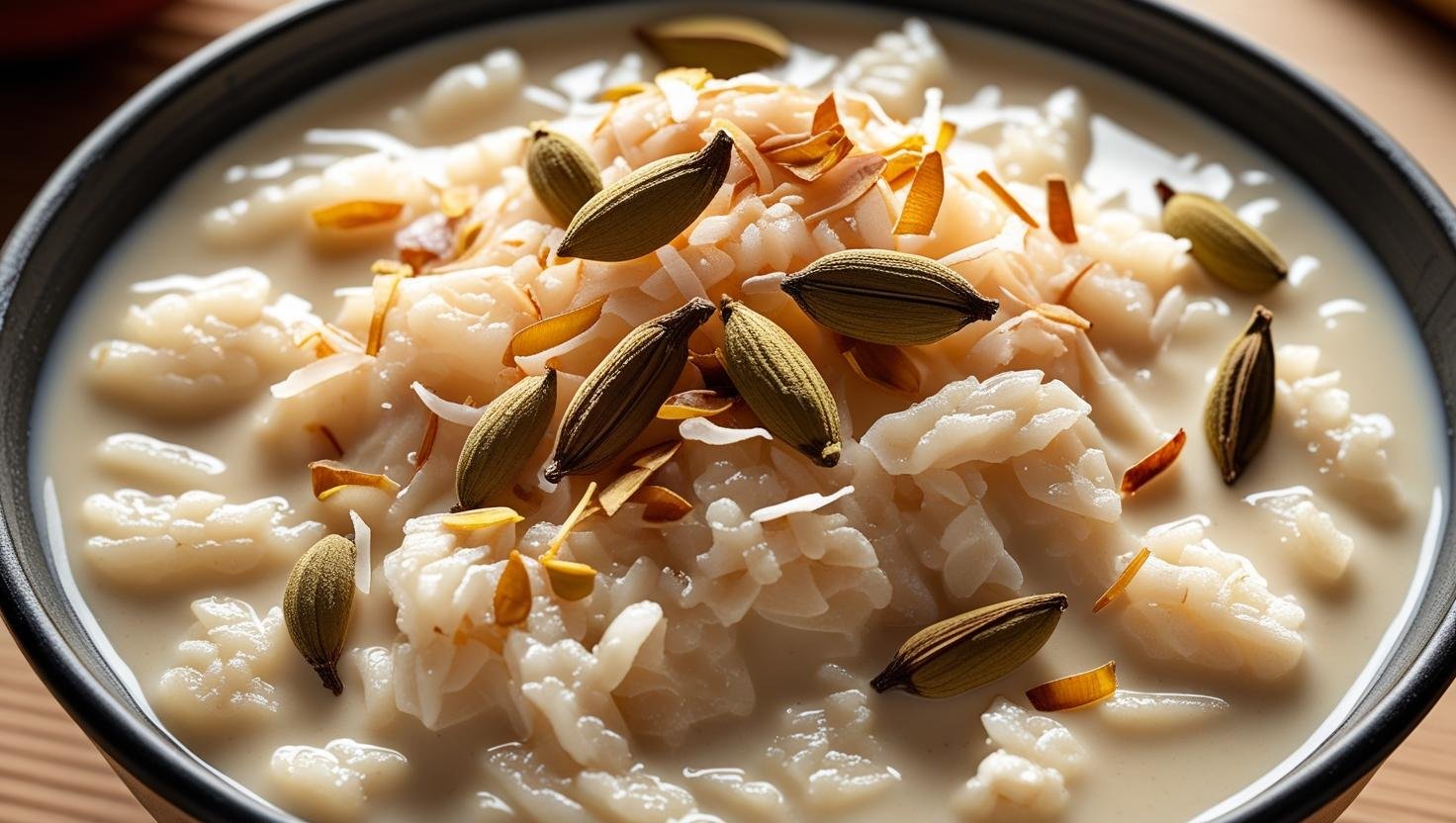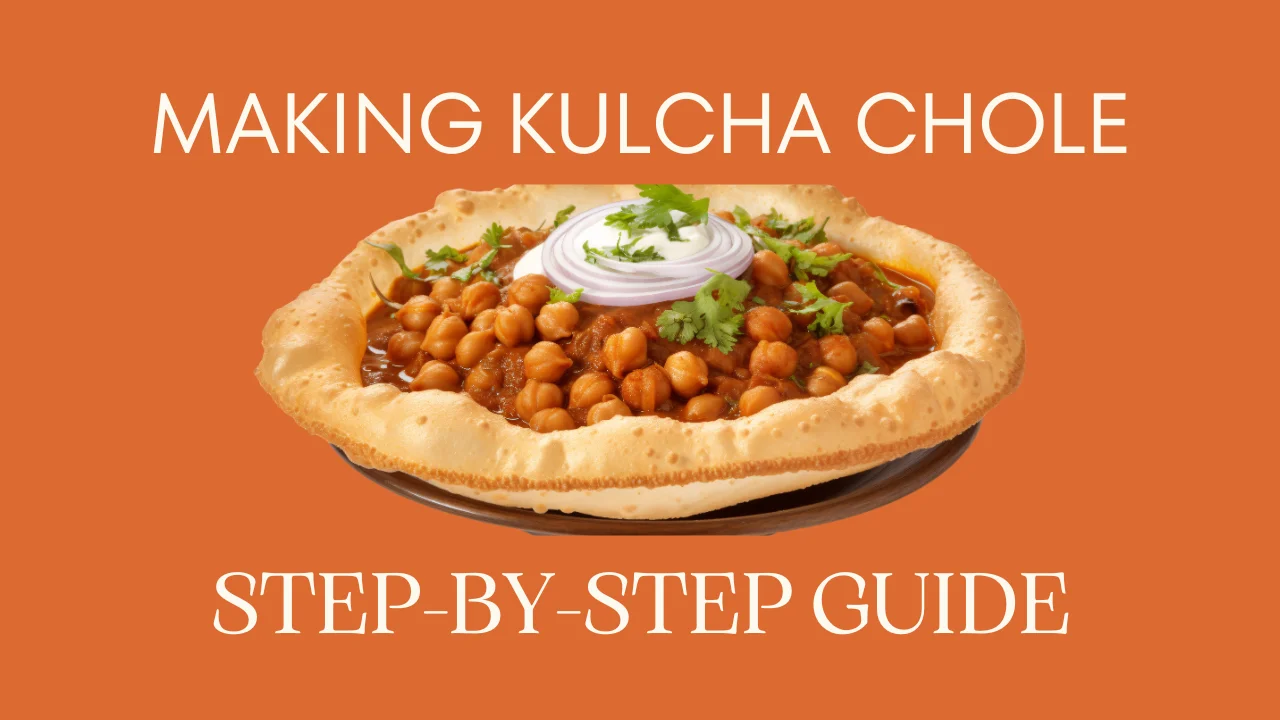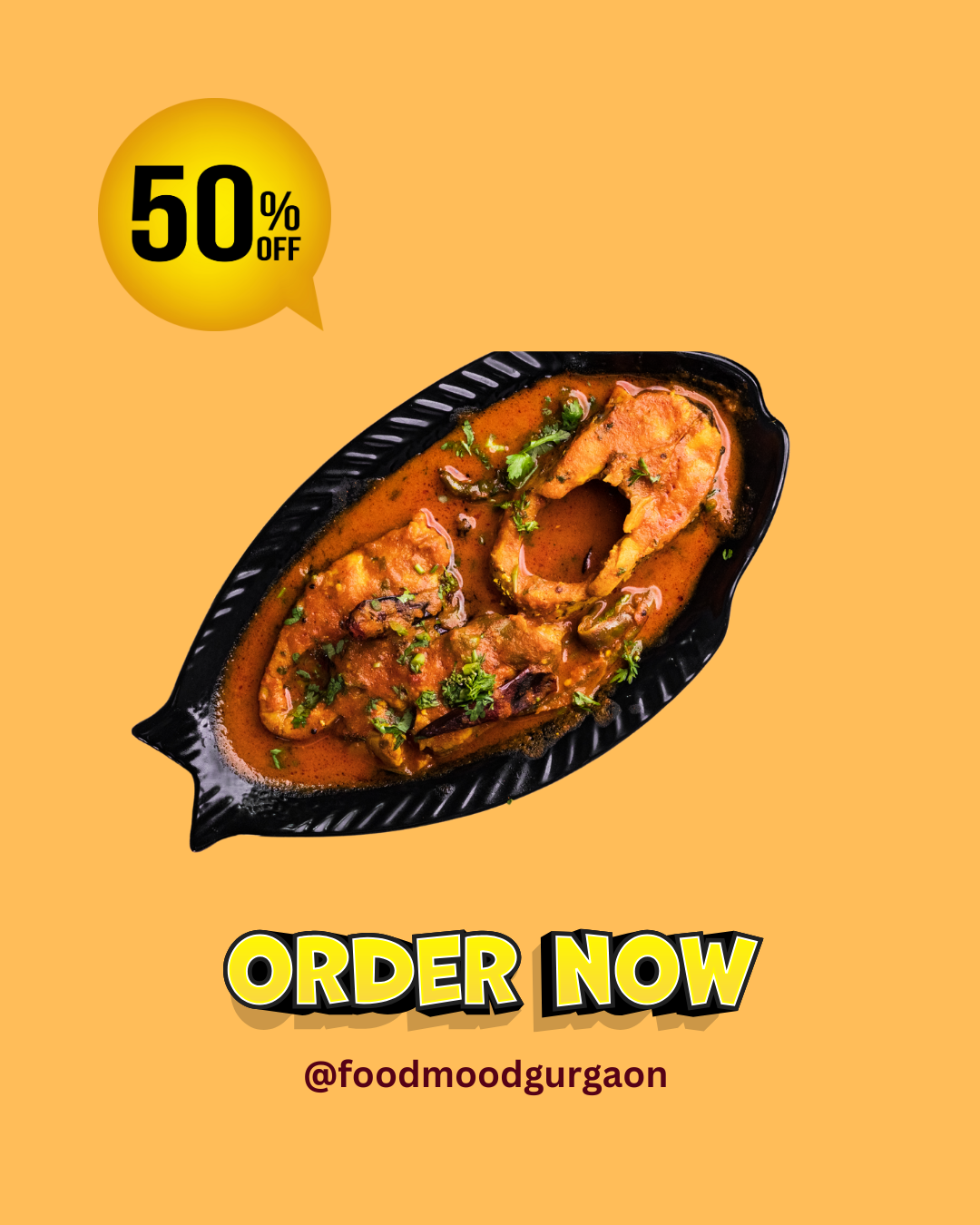Palada Pradhaman (Sweet Rice Flakes) Recipe: A Traditional Kerala Delight If you’re a fan of traditional Indian desserts, especially from…
Read More

Palada Pradhaman (Sweet Rice Flakes) Recipe: A Traditional Kerala Delight If you’re a fan of traditional Indian desserts, especially from…
Read MoreCrispy and Delicious Bread Pakora: A Beloved Indian Snack You Must Try! If you’re a fan of Indian street food,…
Read More
Best Lassi in Gurgaon: Refresh Your Day with a Sweet Treat from Food Mood Gurgaon If you’re in Gurgaon and…
Read More
Discover the Flavours of Food Mood Gurgaon – A Hidden Gem for Food Lovers If you’re a food lover living…
Read More
Best Aloo Paratha in Gurgaon Aloo Paratha is one of the most beloved Indian dishes, cherished across the country for…
Read More
Best Chole Bhatura in Gurgaon – A Food Lover’s Guide If you are a fan of North Indian food, then…
Read More
Food Mood Gurgaon: The Ultimate Destination for Food Lovers Gurgaon is a paradise for food lovers, offering a diverse culinary…
Read More
Best Fish Curry in Gurgaon – A Food Lover’s Guide Gurgaon is a paradise for food lovers, offering a variety…
Read More
The Ultimate Guide to Fish Curry: Best Fish Curry in Gurgaon & Recipe Ideas from Food Mood Gurgaon Introduction When…
Read More
Discover the Best Chicken Biryani in Gurgaon at Food Mood Gurgaon Chicken Biryani is a dish that brings together the…
Read More